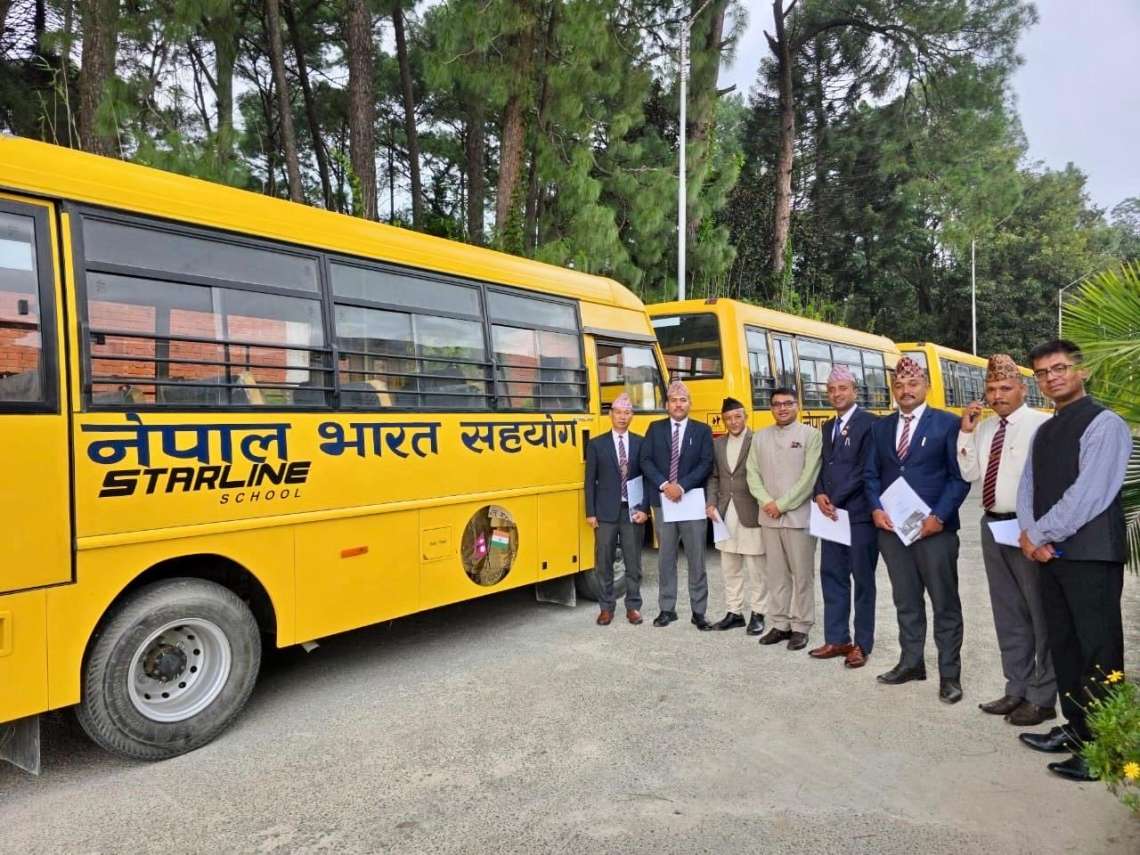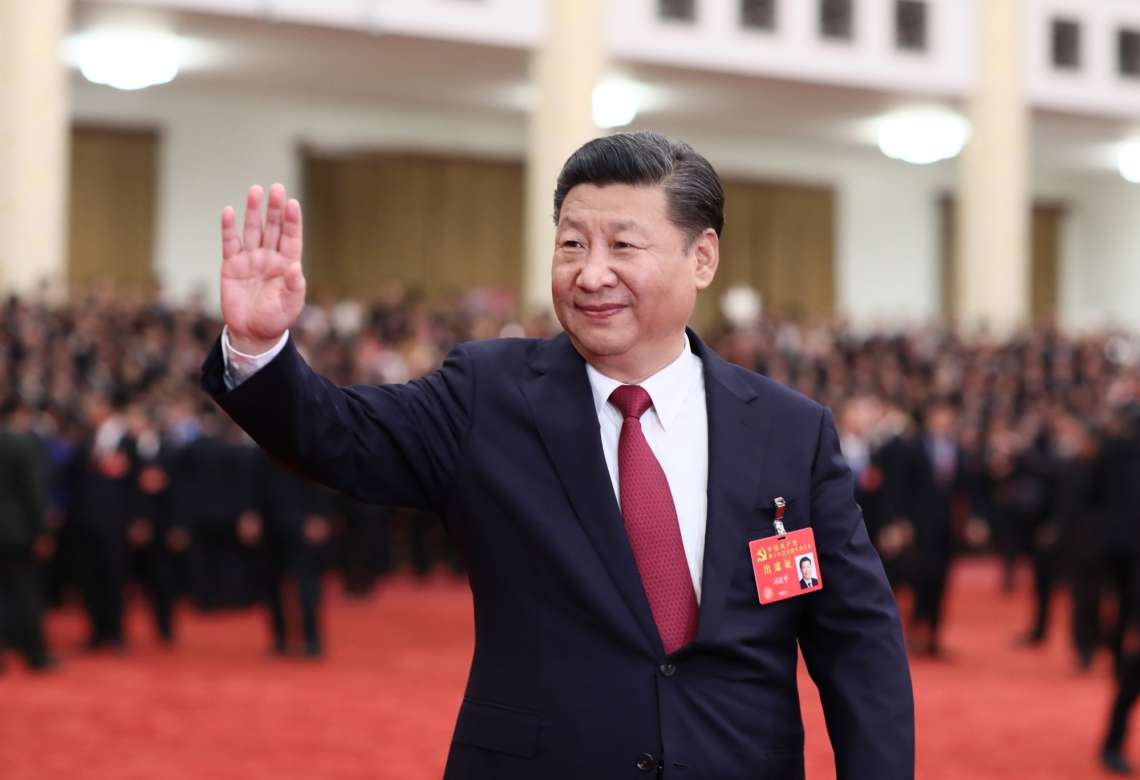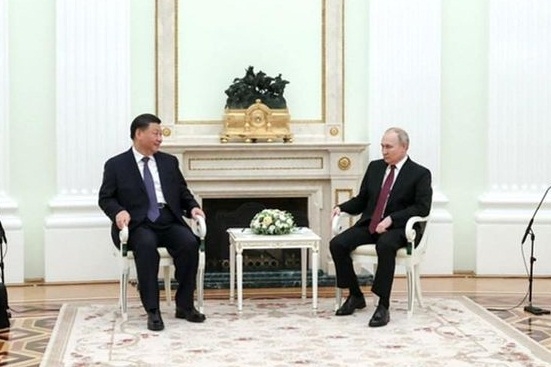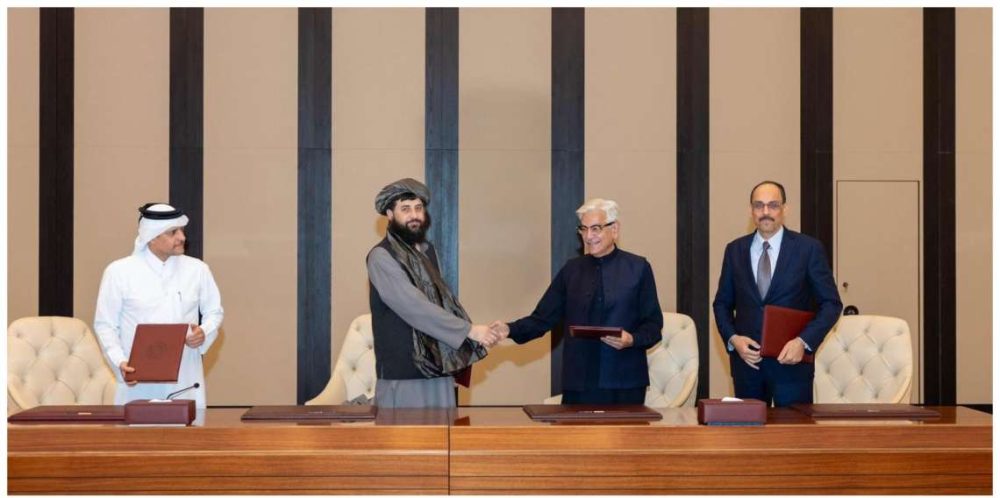Like Pokhara International Airport, China has been making significant infrastructural investments in Nepal, making the Himalayan nation more and more dependent on Chinese funds….reports Asian Lite News
China has been playing a long game to establish its hegemony in the South Asia region. Inflicted by the ‘Middle Kingdom’ complex, it views the world as an arrangement of concentric circles of power with itself being at the centre.
It is increasingly becoming a revisionist power which wants to topple the existing global order, negate the international rules-based order, assert its Great Power status on other countries, and is trying to displace the USA as the world leader, Nepalese daily Pardafas reported. To give effect to its vicious ambitions, the major instrument it is using is ensnaring weaker countries in a debt trap and then getting access and control of their key strategic assets at the expense of that nation’s sovereignty and territorial integrity. More and more such cases have begun to come to the fore.
One of the victims of China’s nefarious design is Nepal. For example the recently inaugurated Pokhara International Airport. This airport has come up with a USD 215 million loan from the Chinese EXIM Bank. The terms for this financing are highly adverse for Nepal’s economy. The rate of interest charged on this loan is 2 per cent, much higher than what other multilateral lenders such as the World Bank and Asian Development Bank (ADB) charge, hovering around 0.25 to 0.75 per cent. In contrast to these multilateral institutions which offer a payback term extending up to 40 years, the Chinese loan can be availed only with a payback deadline of a maximum of 15 to 20 years, Pardafas reported.
Like Pokhara International Airport, China has been making significant infrastructural investments in Nepal, making the Himalayan nation more and more dependent on Chinese funds.
China is now the largest creditor to Nepal, and these credits come up with vicious designs hidden in them. It is how the classic Chinese playbook of debt trap diplomacy works, as seen in the cases such as that of Sri Lanka and Pakistan, Pardafas reported.
China’s nefarious designs of ensnaring countries in a debt trap and then turning a blind eye when the economic condition of such countries becomes precarious have begun to emerge. Between 2005 and 2015, China emerged as Sri Lanka’s leading source of FDI and development assistance. China saw the opportunity in investing in multiple mega infrastructure projects in Sri Lanka in order to gain a strategic advantage in the Indian Ocean region and to counter India’s heft in the South Asia region. On the other hand, Sri Lanka readily sought Chinese assistance given the quick disbursement of loans as well as indifference to Sri Lanka’s human rights record and domestic issues, Pardafas reported.

Sri Lanka owes more than USD 8 billion in debt to China which includes loans from the Chinese Development Bank. If the private debt is included in this figure, the total debt will skyrocket even further. Moreover, these debts were given at unsustainably high-interest rates. China’s infrastructure investments are aimed at creating economic dependencies, which are then exploited for strategic purposes. Hambantota port is a case in point.
The port was intended to transform a small fishing town into a major shipping hub. In pursuit of that dream, Sri Lanka relied on Chinese financing. But Sri Lanka could not repay those loans, and in 2017, it had to give China a controlling equity stake in the port and a 99-year lease for operating it. Very tellingly, on the day of the handover, China’s official news agency tweeted triumphantly, “Another milestone along the path of #BeltandRoad.”
Moreover, Chinese loans come at a much higher interest rate that makes even the debt servicing by developing countries like Sri Lanka difficult to sustain, Pardafas reported.
The case of Pakistan is also very telling in this regard. The current economic crisis is attributed to its myopic policy decision resulting in excessive spending on non-developmental and economically unviable projects. Economic mismanagement and financing of futile infrastructure projects like the Gwadar-Kashgar Railway line project through long-term debt instruments, and relying massively on external borrowing rather than from domestic institutions added to its troubles. The China-Pakistan Economic Corridor (CPEC) under China’s Belt and Road Initiative (BRI) which Pakistan readily joined has now put Pakistan under a Chinese debt of USD 64 billion.
Both Sri Lanka and Pakistan are going through one of the worst economic crises, and the common denominator in both cases is the China factor. Pushing the weaker nations into such a situation of economic distress sits well with China’s Salami Slicing strategy of gaining control of the territorial rights of key strategic areas of these countries after trapping them in its web of a debt trap.
Nepal must pay heed to such a design and become wary of its own future with China. It is already suffering economic challenges such as a higher rate of inflation, rise in unemployment and downfall of industrial outputs, exacerbated further in the aftermath of the COVID-19 pandemic. Such a precarious situation becomes even more enticing for China to prey on such countries.
In recent years, Nepal has been increasingly relying on China for financial assistance. As a result, its debt to China has increased dramatically, and there are concerns that Nepal might be falling into a debt trap. The Chinese government has been providing loans to Nepal for infrastructure development, such as roads, railways, and airports, among others. However, these projects have been facing delays and cost overruns, leading to a higher debt burden on Nepal.
There are several reasons why Nepal is increasingly relying on Chinese loans. Firstly, Nepal has been facing an economic crisis due to the COVID-19 pandemic, and the government needs funds to stimulate economic growth. Secondly, Nepal has been facing a trade deficit with India, its traditional trade partner, which has led to a decrease in foreign exchange reserves. This has forced Nepal to turn to China for financial assistance.
The increasing debt burden on Nepal has several impacts on its economy and society. Firstly, it increases the risk of default, which can have severe consequences for the Nepalese economy. Secondly, it leads to a loss of sovereignty, as China can use its leverage to influence Nepalese policies. Thirdly, the projects financed by China often involve Chinese companies, leading to a lack of transparency and accountability.
To mitigate the risks of falling into a debt trap with China, Nepal can take several measures. Firstly, it can diversify its sources of funding by seeking assistance from other countries and international organizations. Secondly, it can renegotiate its loans with China to reduce the interest rates and extend the repayment period. Thirdly, it can improve transparency and accountability in the projects financed by China.
Nepal’s increasing debt to China is a cause for concern, as it raises the risk of falling into a debt trap. The Nepalese government needs to take measures to mitigate these risks and ensure that the country does not lose its sovereignty. Nepal should also seek assistance from other countries and international organizations to diversify its sources of funding. The projects financed by China should be transparent, and the Nepalese government should ensure that they benefit the Nepalese people. (ANI)














